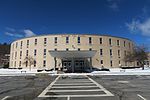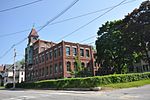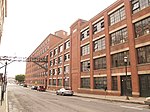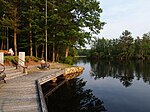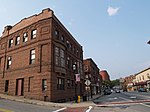Mount Wachusett Community College
1963 establishments in MassachusettsCommunity colleges in MassachusettsTwo-year colleges in the United StatesUniversities and colleges established in 1963Universities and colleges in Worcester County, Massachusetts ... and 1 more
Use mdy dates from August 2022
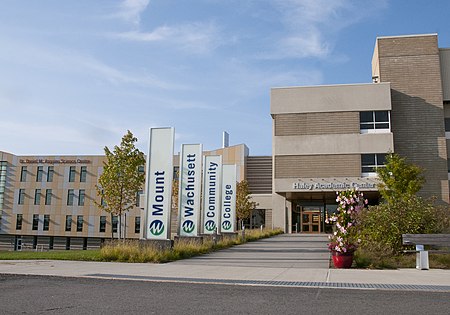
Mount Wachusett Community College (MWCC) is a public community college in Gardner, Massachusetts. Established by the Commonwealth of Massachusetts in 1963, it features an open admissions policy for the majority of its academic programs. MWCC offers more than 70 academic programs that allow students to earn either an associate of science degree (A.S.), associate of arts degree (A.A.), or a certificate.
Excerpt from the Wikipedia article Mount Wachusett Community College (License: CC BY-SA 3.0, Authors, Images).Mount Wachusett Community College
Green Street, Gardner
Geographical coordinates (GPS) Address Phone number Website External links Nearby Places Show on map
Geographical coordinates (GPS)
| Latitude | Longitude |
|---|---|
| N 42.592955555556 ° | E -71.983502777778 ° |
Address
Mount Wachusett Community College
Green Street 444
01440 Gardner
Massachusetts, United States
Open on Google Maps

